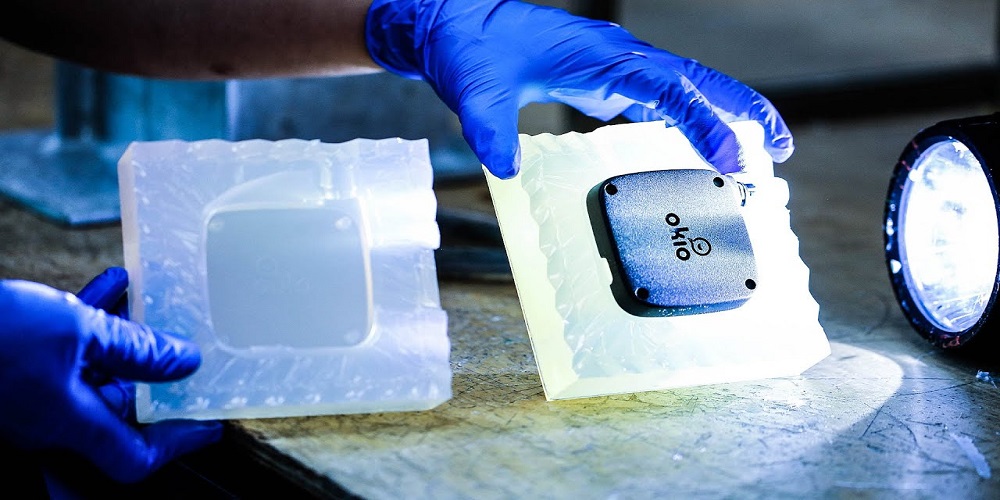Rapid prototyping using vacuum casting is a well-liked technique for making high-quality, low-volume plastic parts. It is widely employed in various sectors, including the automotive, aerospace, and healthcare industries. This article will explain the benefits of vacuum casting rapid prototyping and how it operates.
What is vacuum casting rapid prototyping?
Silicone moulding, another name for vacuum casting rapid prototyping, is making a silicone mould of an item and then casting the necessary material into the mould. A master pattern or model of the part is generated using various techniques, including 3D printing, CNC machining, or even hand sculpting. Upon completion of the master pattern, a silicone mould is built around it. The required substance is subsequently poured into the mould; this can be any number of plastics, including ABS, polycarbonate, polypropylene, and others.
How does the process work?
Rapid prototyping using vacuum casting can be divided into the following steps:
Developing the main pattern:
Making a master pattern or model of the part is the first stage. Many techniques, including 3D printing, CNC machining, and hand sculpting, can be used to accomplish this. A material that can survive moulding and create a high-quality mould should be used to create the master pattern.
Creating the silicone mould:
A silicone mould is made around the master pattern after completion. The master pattern is encircled by a liquid silicone rubber material, which is poured into the mould to create a solid mold.
Preparing the mold for casting:
After the silicone mold is ready, it is prepped for casting by removing any excess material or imperfections. The mold is then sealed to create a vacuum-tight environment.
Casting the material:
The desired material is poured into the mold, filling the cavity. The mold is then placed in a vacuum chamber, where any air bubbles in the material are removed through the vacuum process. The mold is then cured, and the part is removed from the mold.
Advantages of vacuum casting rapid prototyping
Rapid prototyping with vacuum casting has several benefits, including:
- Vacuum casting rapid prototyping creates high-quality products with precise dimensional measurements and outstanding surface finishes.
- Low-cost tooling: Rapid prototyping with vacuum casting is appropriate for low-volume production runs since tooling costs significantly cheaper than traditional injection moulding.
- Quick turnaround: The entire process of vacuum casting rapid prototyping can be completed in just a few days, making it an ideal solution for fast prototyping and product development.
- Wide range of materials: Vacuum casting rapid prototyping can be used with many materials, including ABS, polycarbonate, polypropylene, and more.
Quotation for vacuum casting rapid prototyping
If you are interested in vacuum casting rapid prototyping, you can get a quotation online from various service providers. The cost of vacuum casting rapid prototyping varies depending on factors such as the part's complexity, the material used, and the quantity required.
Conclusion
Vacuum casting rapid prototyping is a highly effective method for creating high-quality plastic parts with a fast turnaround time and low cost. By understanding how vacuum casting rapid prototyping works and its advantages, you can decide whether it is the right solution for your prototyping needs.


